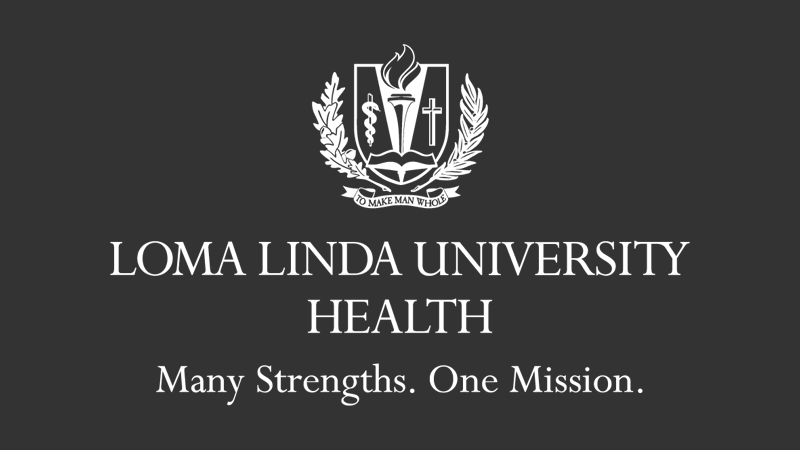The ease of ordering a computed tomography (CT) scan, or running a magnetic resonance image (MRI) is something that we have access to when needed in the United States. There is a level of expertise that is expected. But as a hospital working to establish a modern radiology department in Trinidad, the Community Hospital of Seventh-day Adventists (CHSDA) is taking more into consideration than just what equipment is needed to get up and running. The staff are also finding ways to train hospital employees on how to deal with emergency situations.
“Fortunately, in radiology there are only a few types of emergencies that can occur. However, when they do, everyone needs to act quickly and confidently to have a successful outcome.”
This statement was shared by radiologist, Eva Ryckman, MD, a Loma Linda University School of Medicine graduate currently working in Trinidad at CHSDA as an international clinical provider through the Loma Linda University Global Health Institute.
Since beginning her service, Ryckman and her husband, Mark Durbin, have been working to establish a radiology department. Soon after Ryckman arrived in Trinidad, she realized not all of the nurses and physicians that work in the emergency room and on the wards were comfortable handling the types of radiologic emergencies that come up.
“I knew it would be unfair to patients to offer them exams and not have staff who were prepared to handle a worst case scenario,” Ryckman said. “I knew I needed to get as many ER and ward staff certified in basic and advanced cardiac life support (BLS and ACLS) as possible.”
To help facilitate the training, Loma Linda University Health sent a team from the life support education department to Trinidad to provide the BLS and ACLS training Ryckman had been anxiously awaiting. The trip was a success.
After landing in Trinidad, the Loma Linda group successfully trained 41 staff members (MDs, RNs, aides and even IT) in basic life support (CPR), and 19 nurses and physicians in advanced cardiac life support over a five-day period.
Ryckman could tell a lot of the participants were nervous at first, even worried that they might not pass. But Evelyn Massey, MD, director of life support education and leader of the team, and the other instructors were excellent and committed to everyone understanding the material.
“Afterwards you could visibly see how confident and comfortable the participants were with the material, and ready to handle any code that came their way,” Ryckman expressed. “The participants freely expressed their gratitude to Dr. Massey and her team for coming all this way to teach them and some even went as far to say they’d taken the class before, but this was the first time they’d understood it.”
This class is incredibly valuable to the staff at CHSDA. According to Ryckman, members of the staff are so excited about the material they learned that they want to ensure that everything is not forgotten. One of the ER physicians and two of the nurses have taken it upon themselves to begin planning CPR refreshers for the staff so everyone maintains their skill until it’s time to recertify in two years.
“The life support department made a tremendous impact in their short time here. Knowing the staff are current in BLS and ACLS is invaluable for a number of reasons,” Ryckman said. “First, they are now more confident in responding to emergencies. Second, they can handle emergencies, which may come up during the course of their work on the ward or ER. And lastly, we can be confident moving forward with the radiology department knowing that those responding to radiologic emergencies are adequately prepared.
“It is rewarding to see so much enthusiasm from something that people were initially nervous about,” Ryckman expressed. “Thank you Loma Linda University for sharing your resources with us.”
Interested in seeing what has been going on at CHSDA since Ryckman began working there? Check out this fun time-lapse video, taken during the installation of their MRI equipment.

